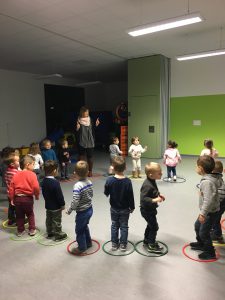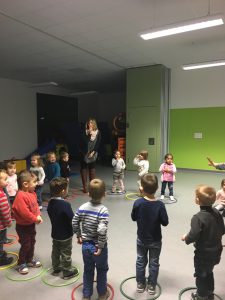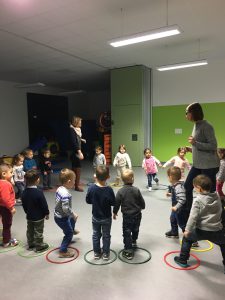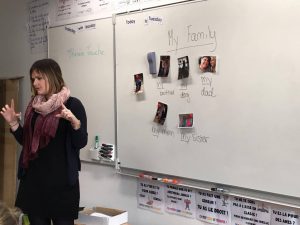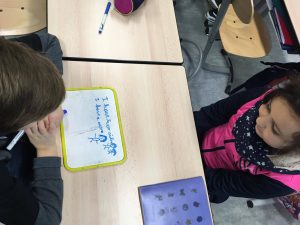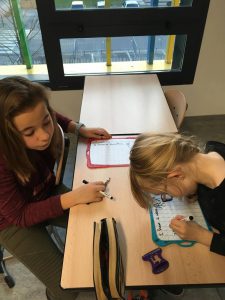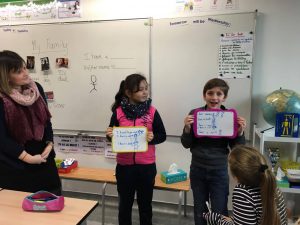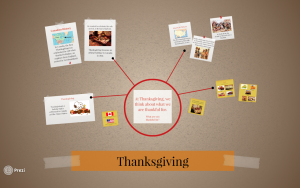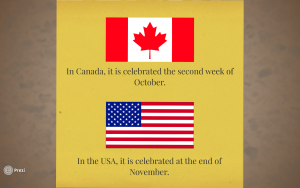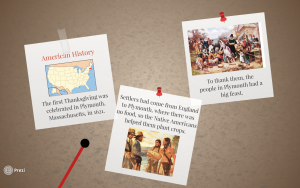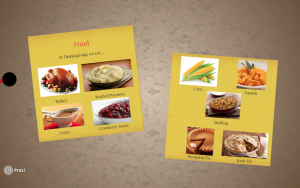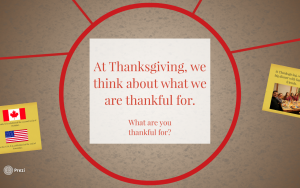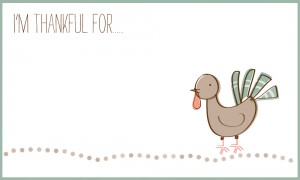C’est la dernière semaine avant les vacances de Noël, donc on a décidé de ré aliser des Christmas Crackers avec les élèves de CE2. On a commencé la séance en expliquant comment fonctionnent les Christmas Crackers. Les Christmas Crackers (pétards de Noël) sont utilisés avant le repas de Noël en Angleterre. Ce sont des petits paquets qui craquent quand on tire les extrémités. Les Christmas Crackers sont plein de cadeaux festifs!
aliser des Christmas Crackers avec les élèves de CE2. On a commencé la séance en expliquant comment fonctionnent les Christmas Crackers. Les Christmas Crackers (pétards de Noël) sont utilisés avant le repas de Noël en Angleterre. Ce sont des petits paquets qui craquent quand on tire les extrémités. Les Christmas Crackers sont plein de cadeaux festifs!
On a appris le vocabulaire anglais. On avait besoin de beaucoup de matériaux.
On a glissé dans les Crackers:
- Chocolat
- Petits messages d’amour pour la famille
- Confetti
- Décorations de Noël
- Paroles de Noël en anglais
On a expliqué la méthode en anglais:
- Centre the cylinder on the wrapping paper.
- Wrap the paper around the cylinder.
- Close one end with a piece of ribbon.
- Put the chocolate, messages and presents inside the cracker.
- Close the cracker with another piece of ribbon.
- Enjoy!
On va utiliser les Christmas Crackers au marché de Noël. 
 Les élèves donneront leur cracker à leur famille.
Les élèves donneront leur cracker à leur famille.
J’aime bien fabriquer les objets qu’on utilise en Angleterre avec les élèves. C’est génial qu’ils puissent apprendre les traditions de Noël ainsi que les consignes en anglais.
Merry Christmas!

